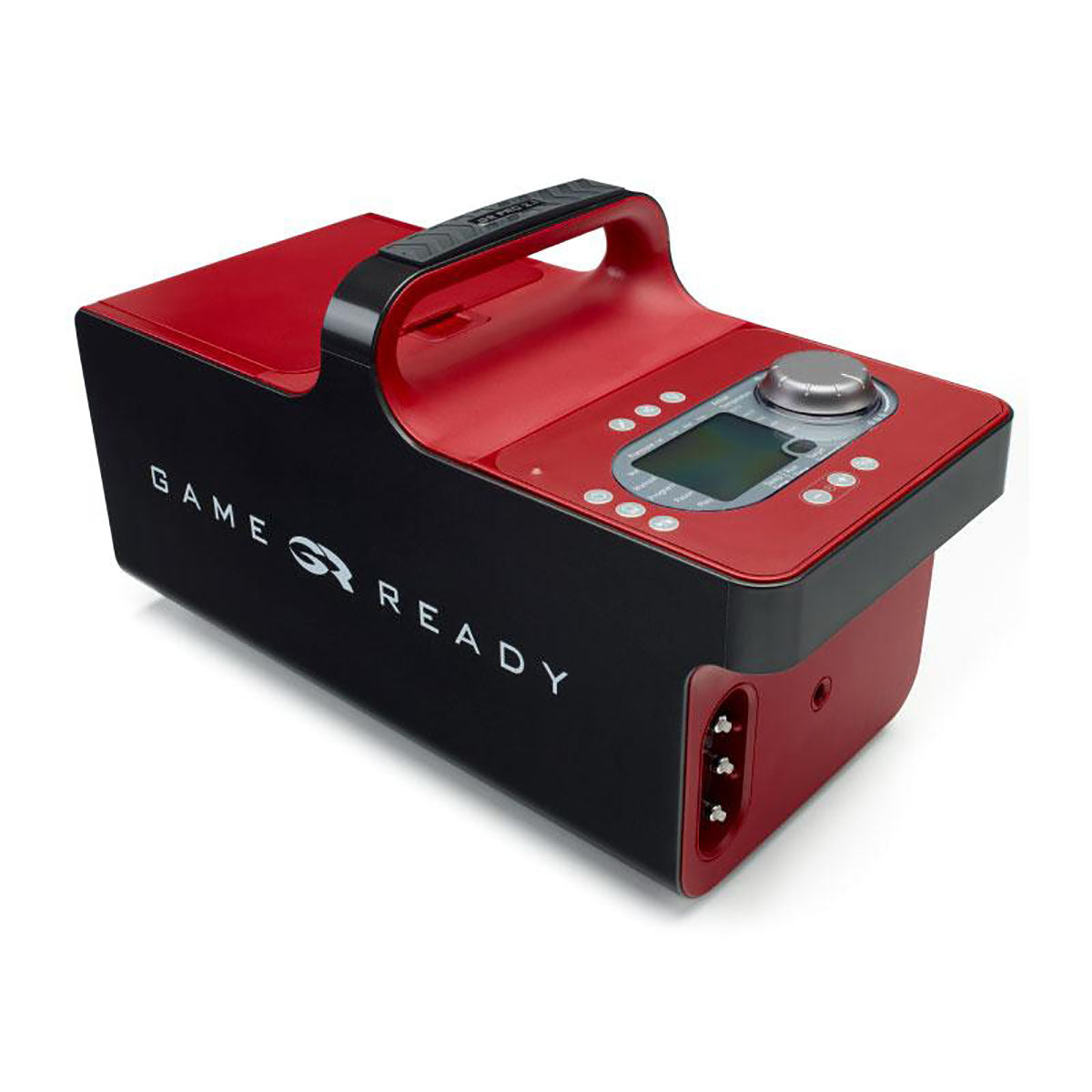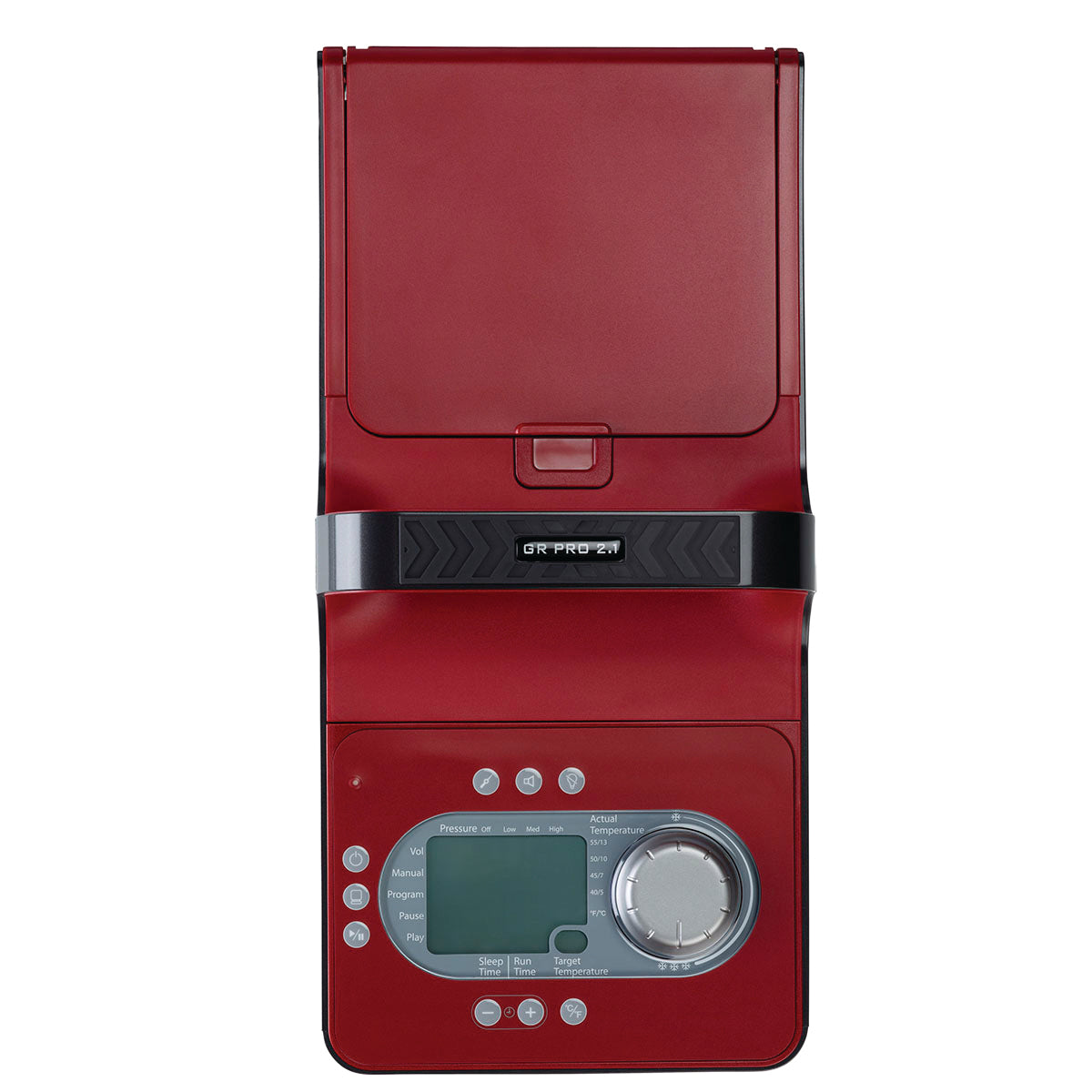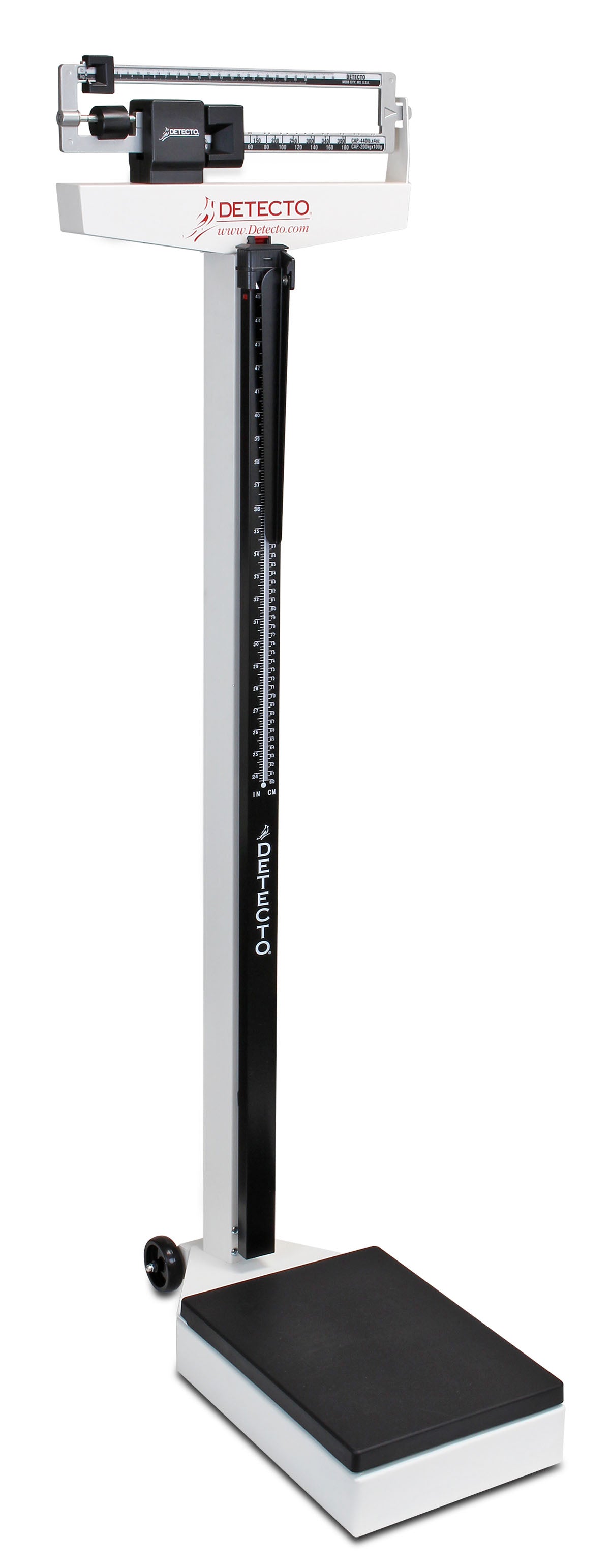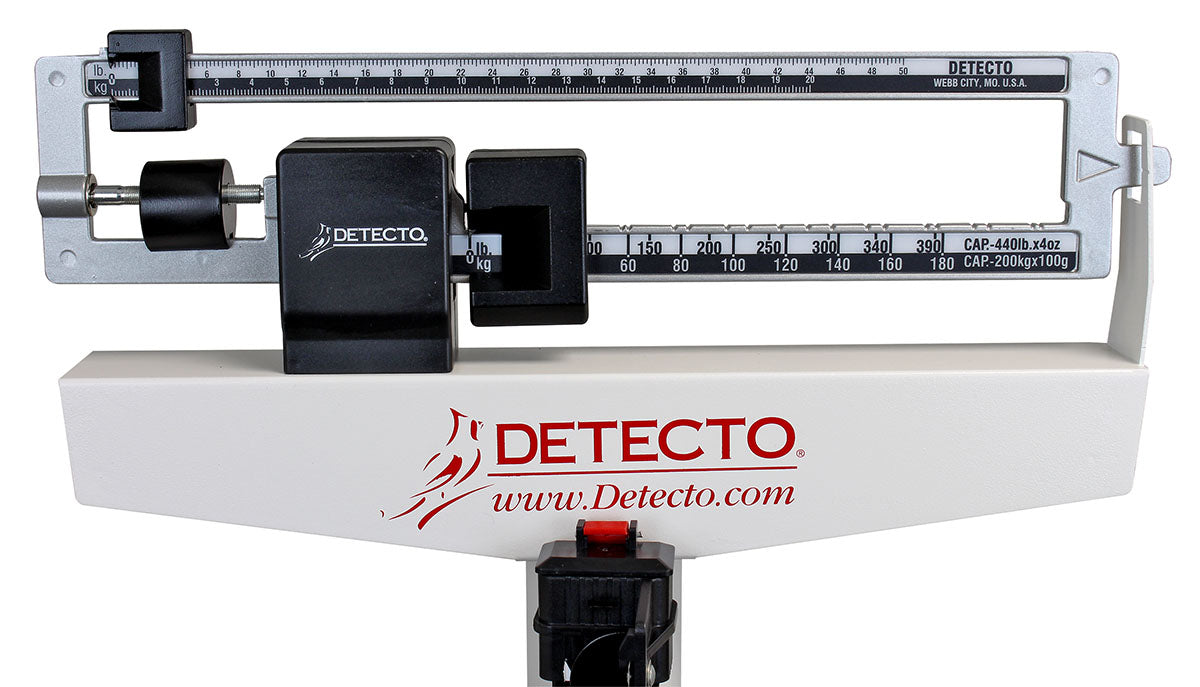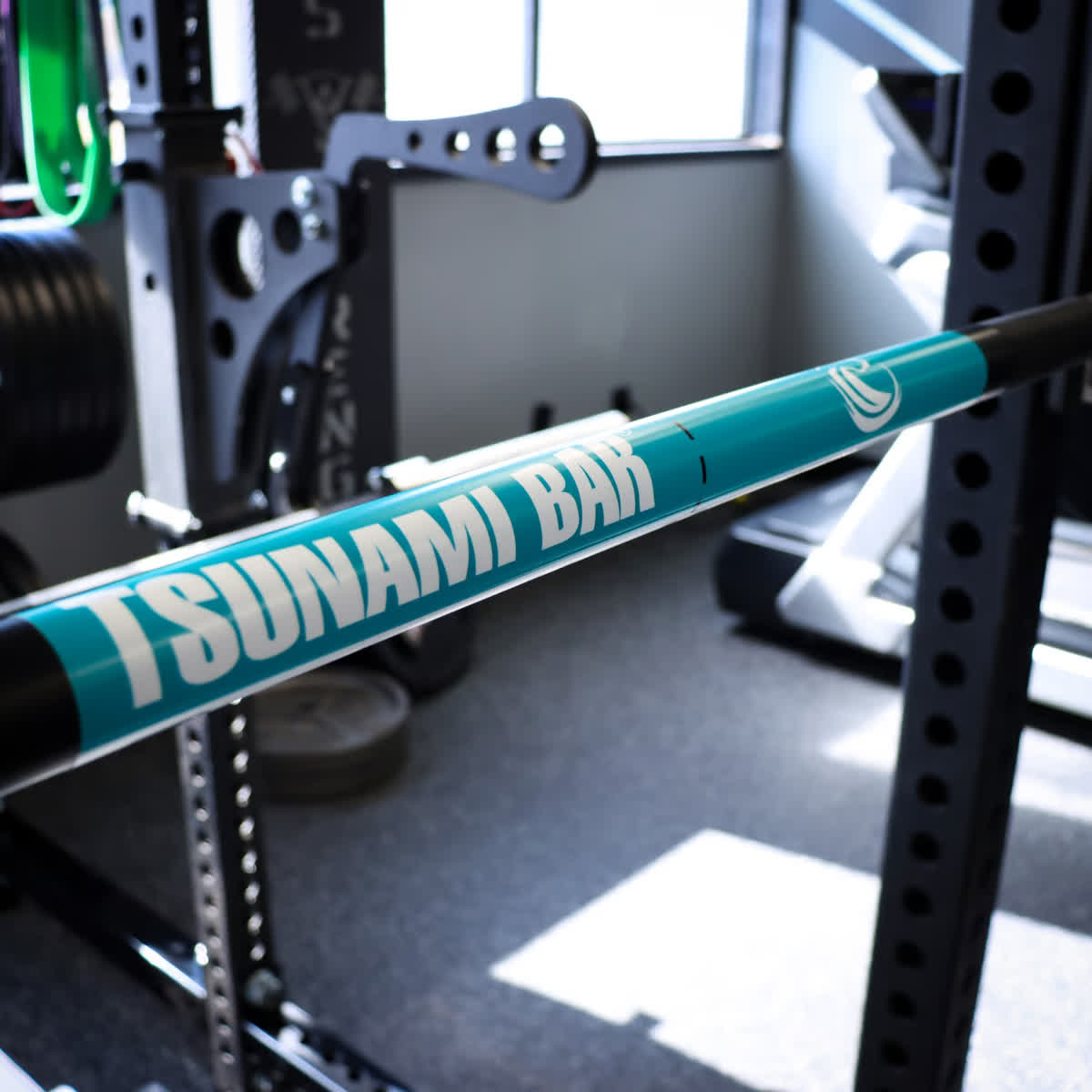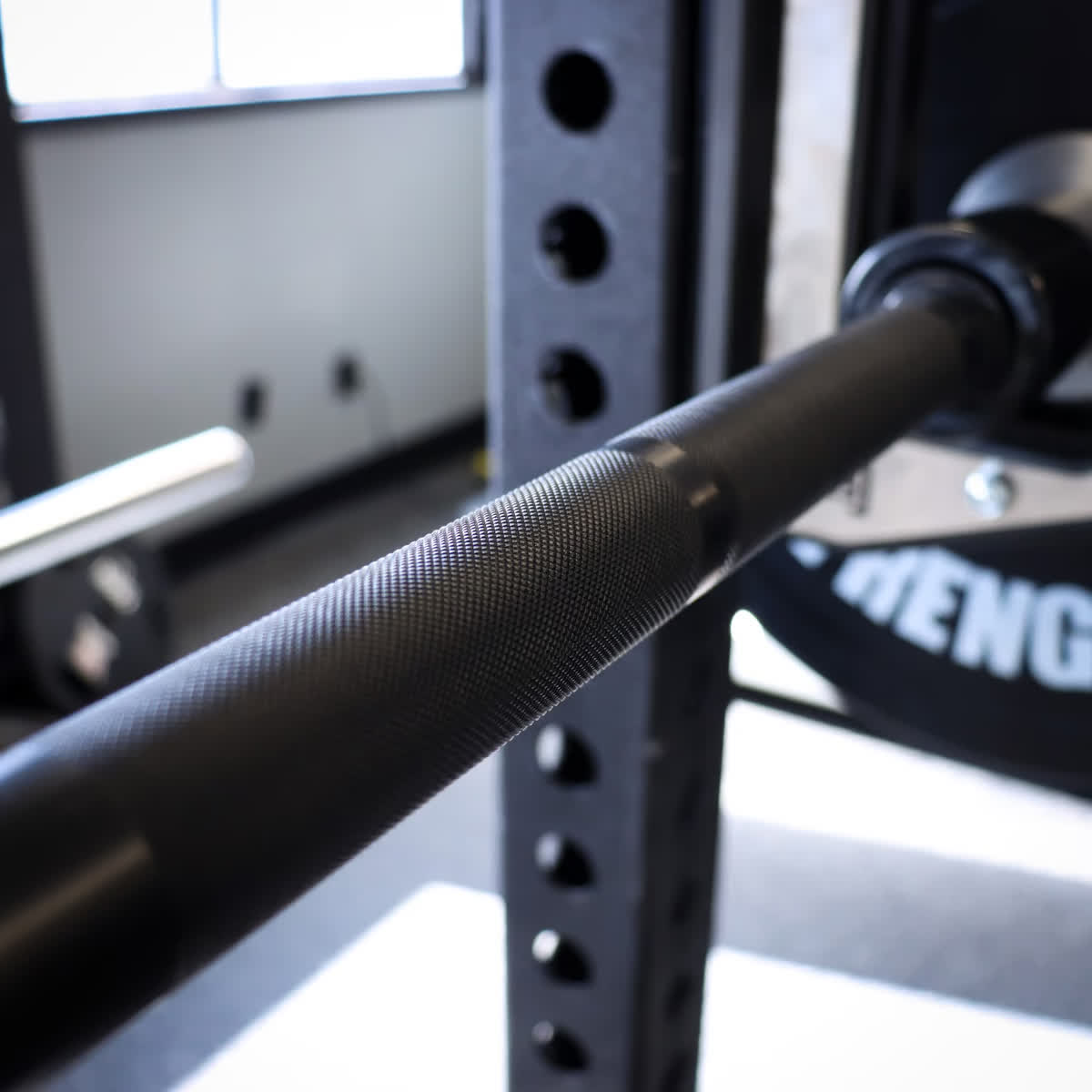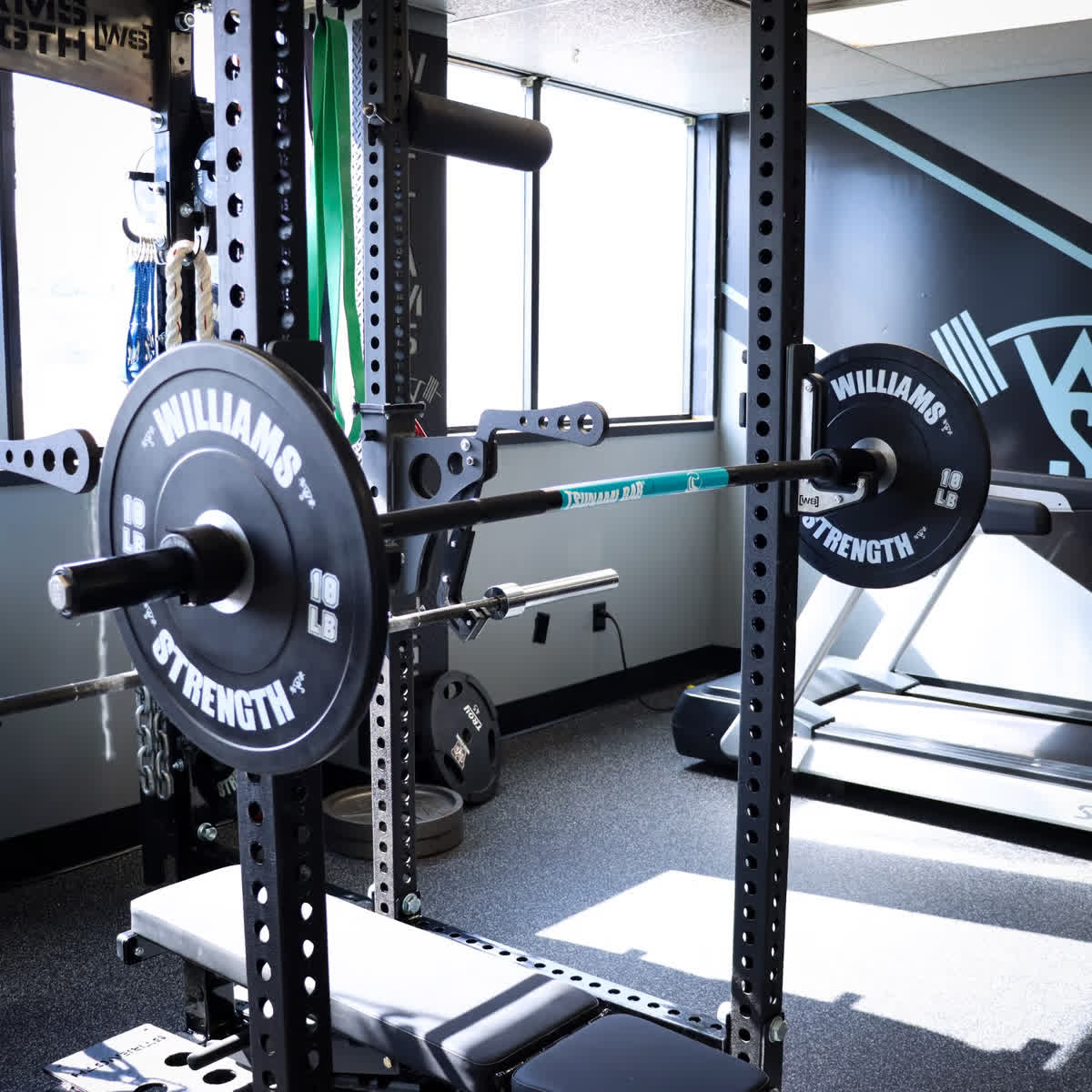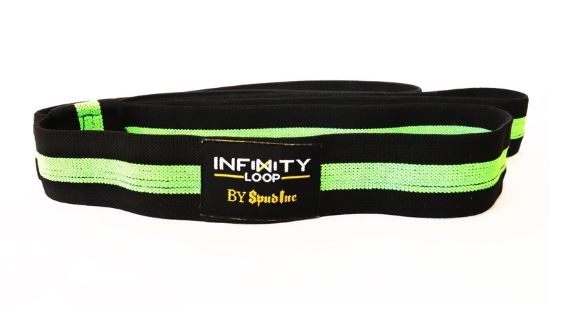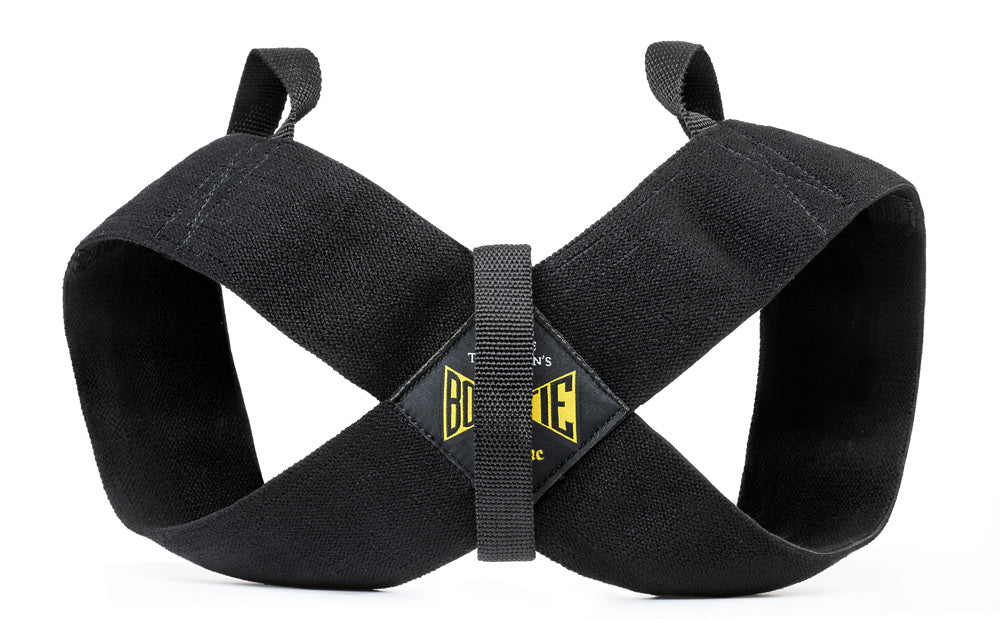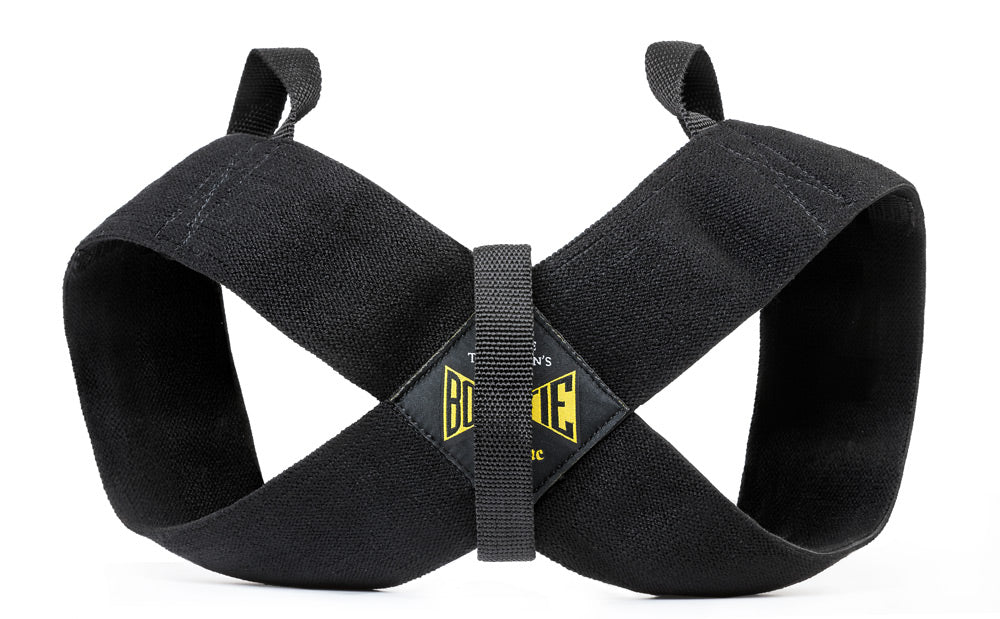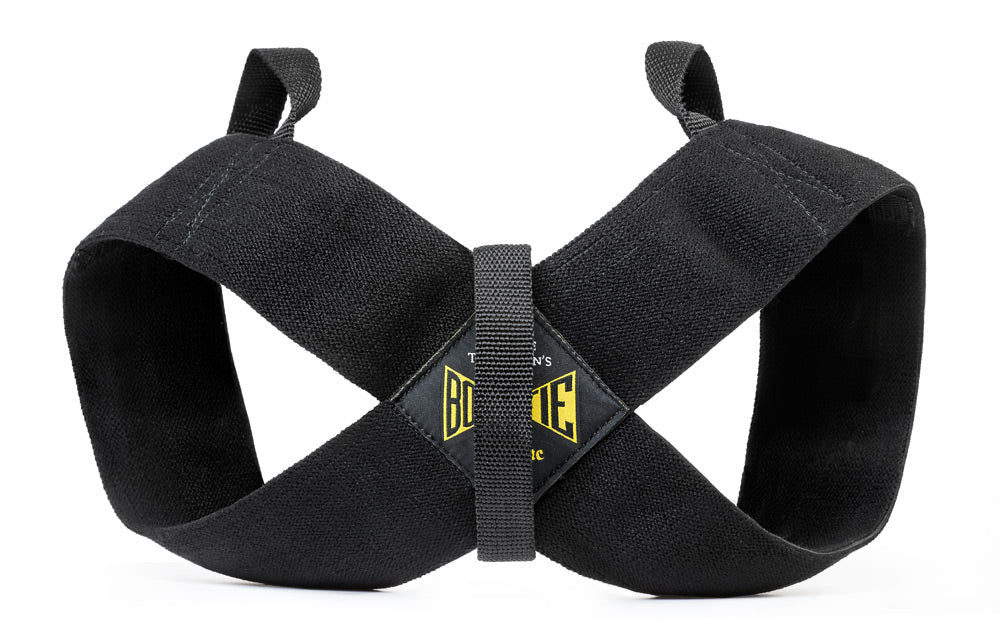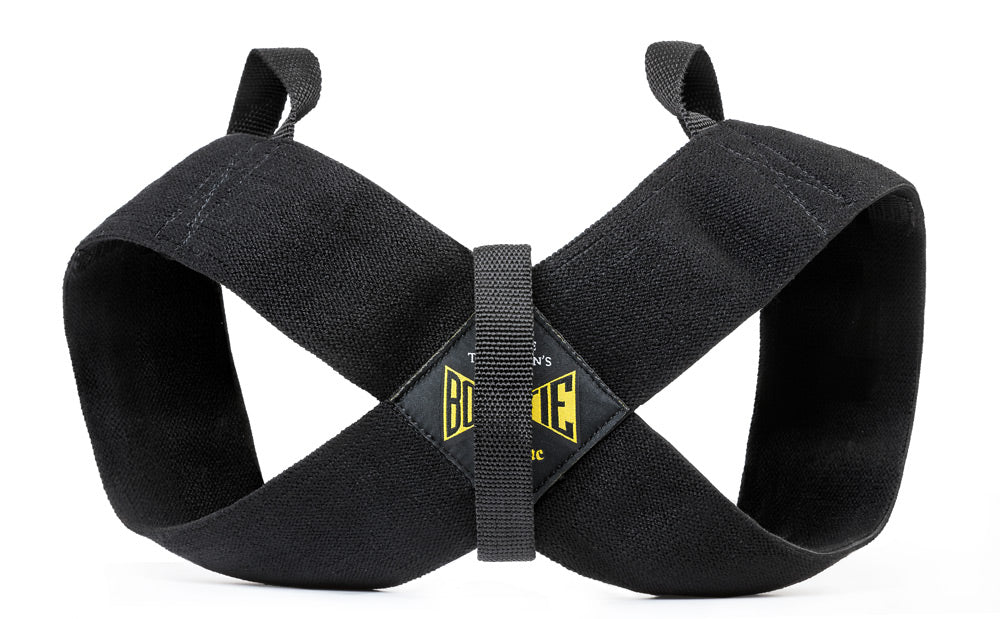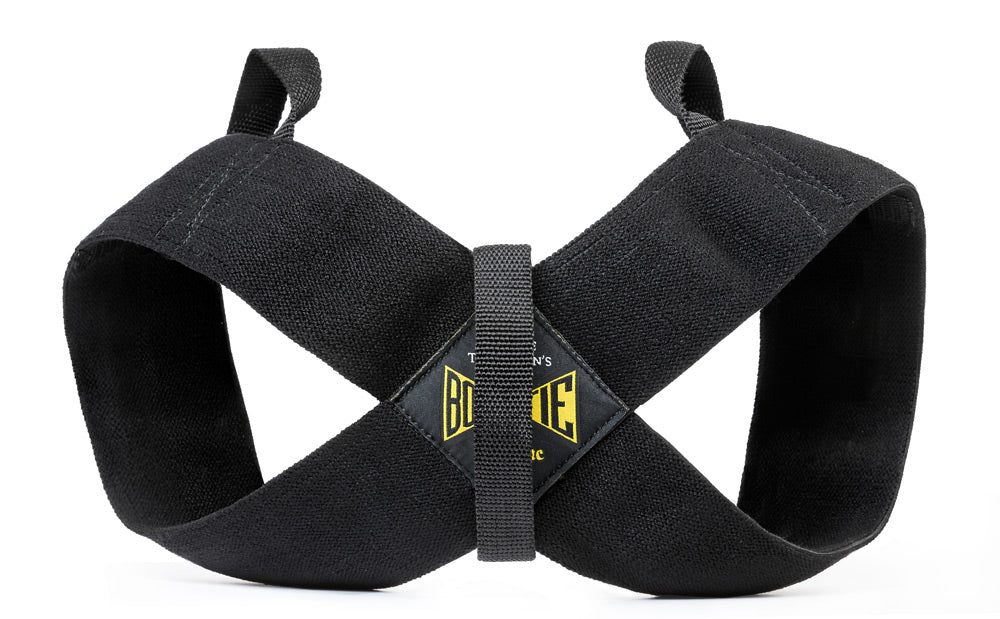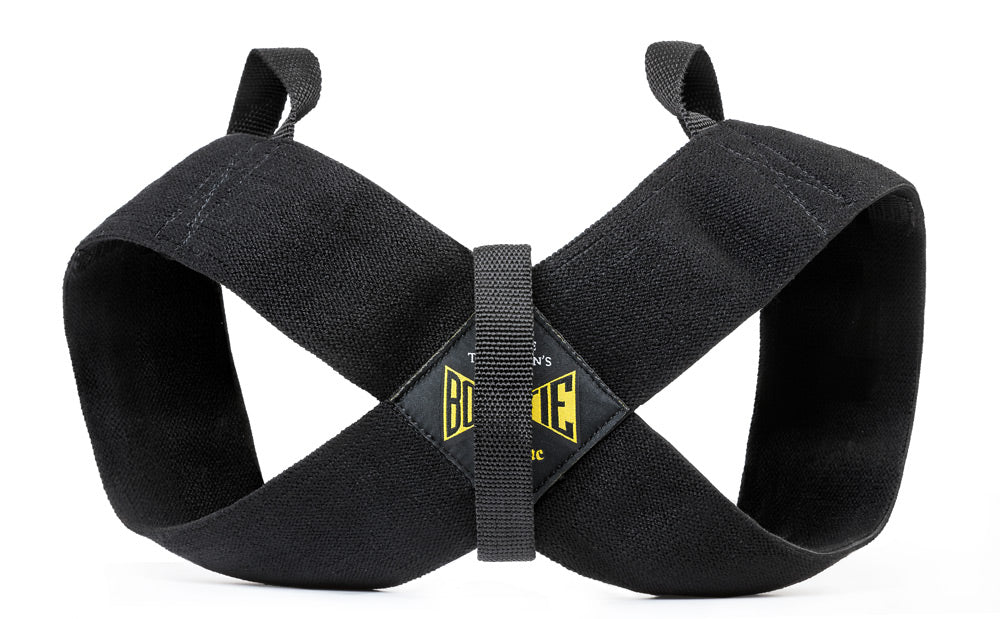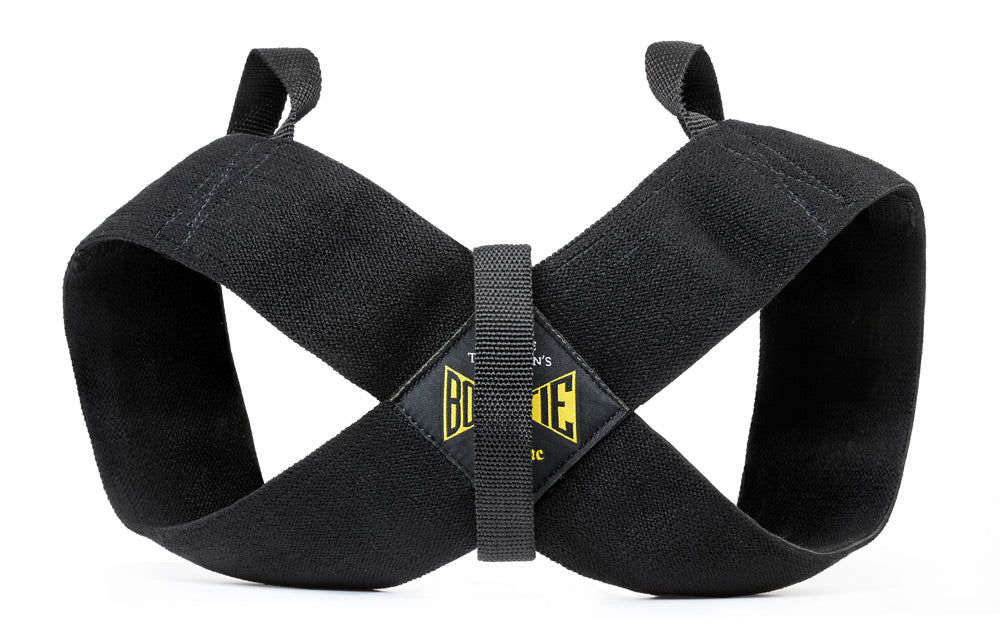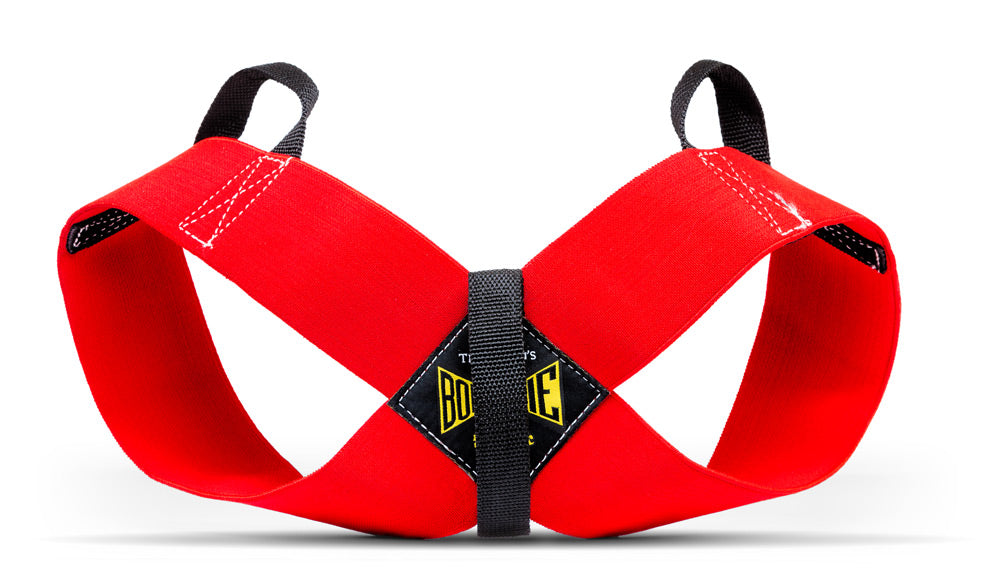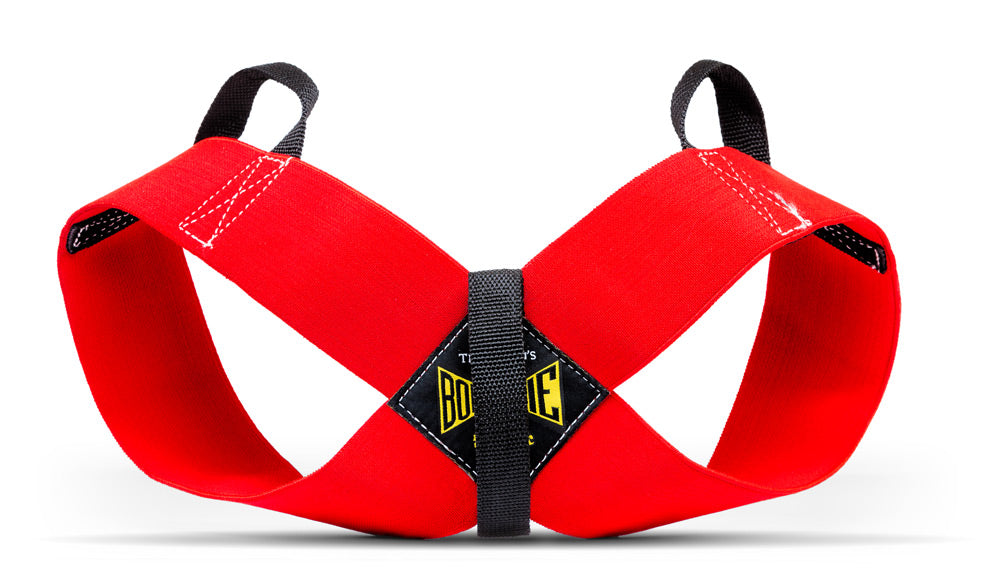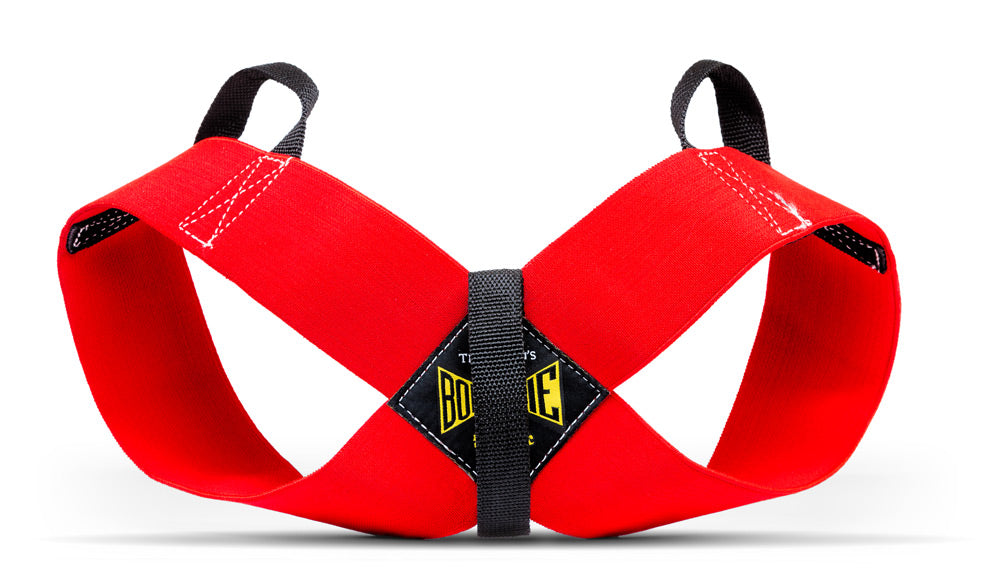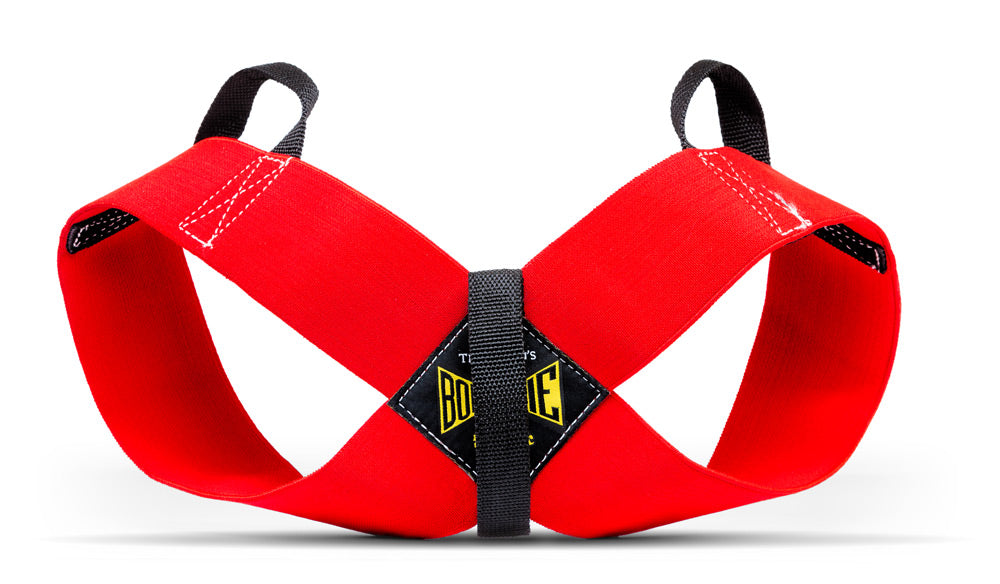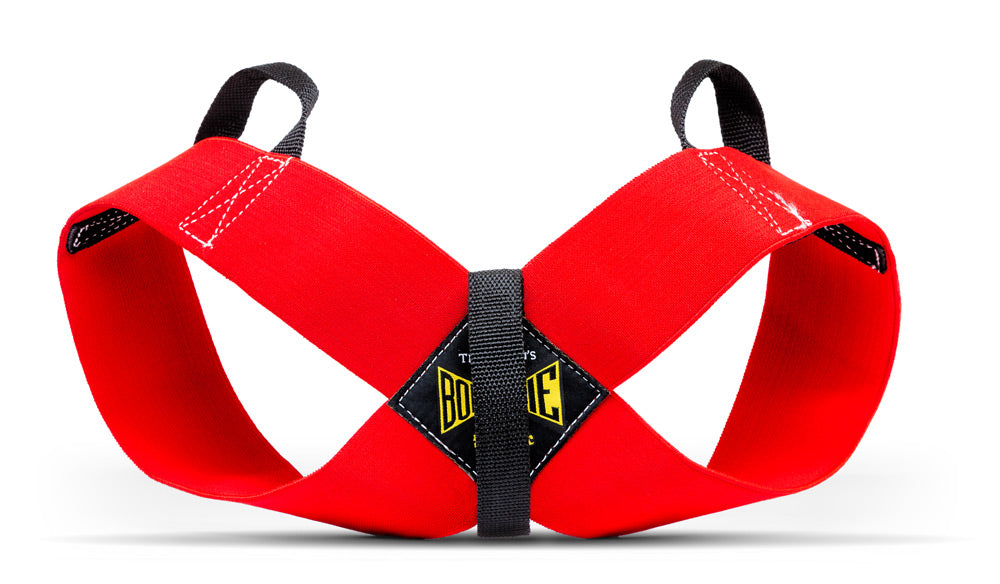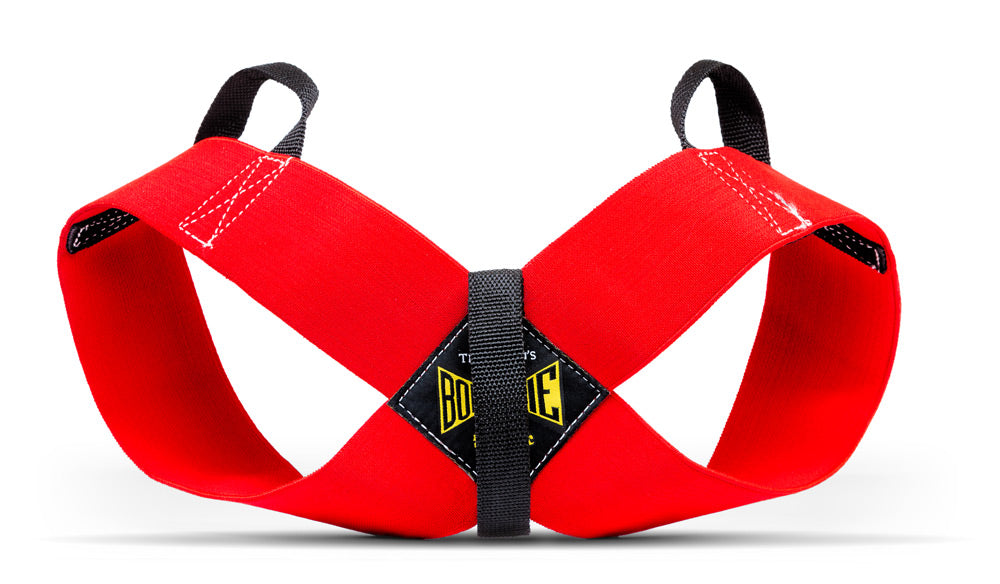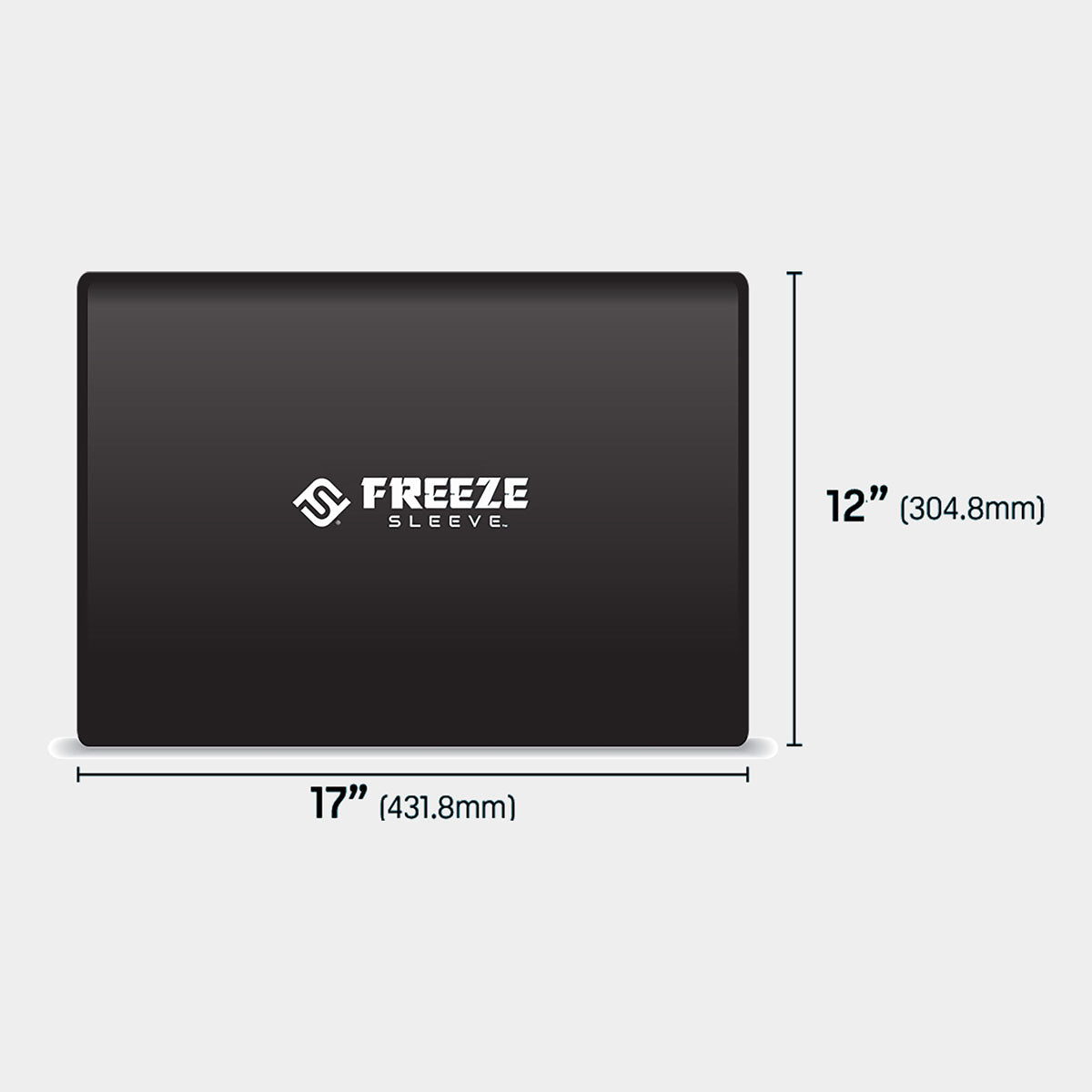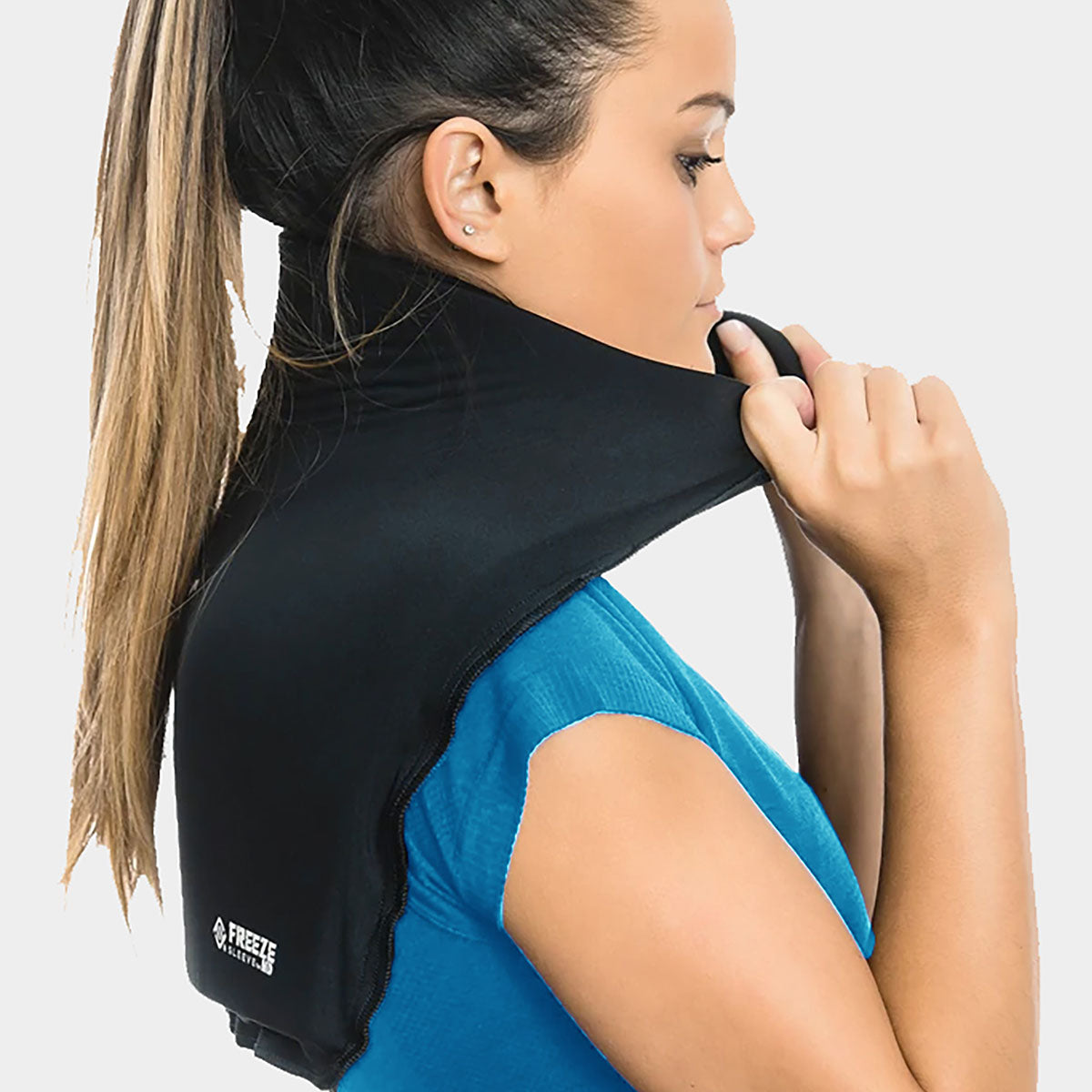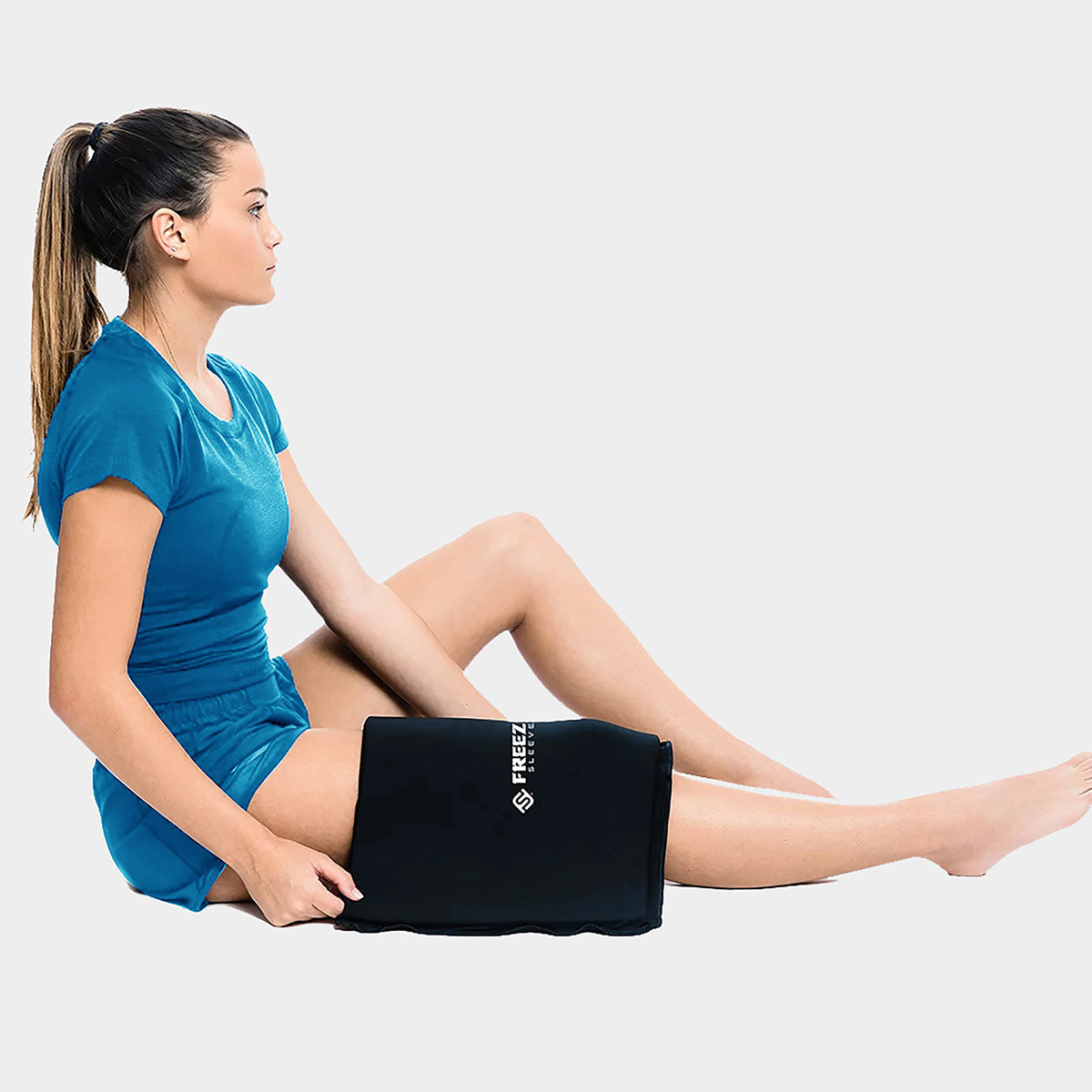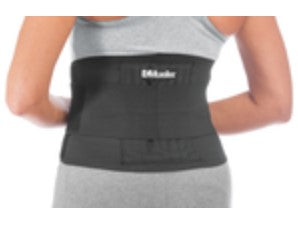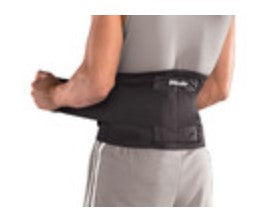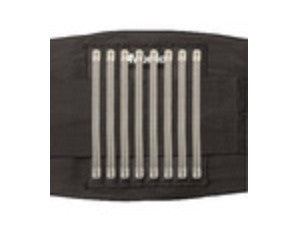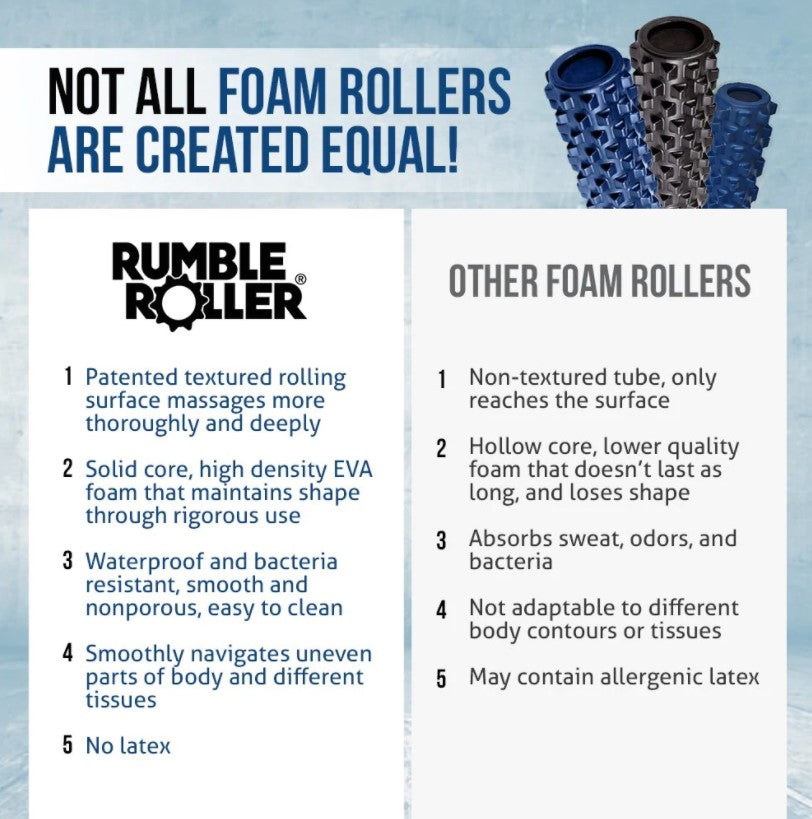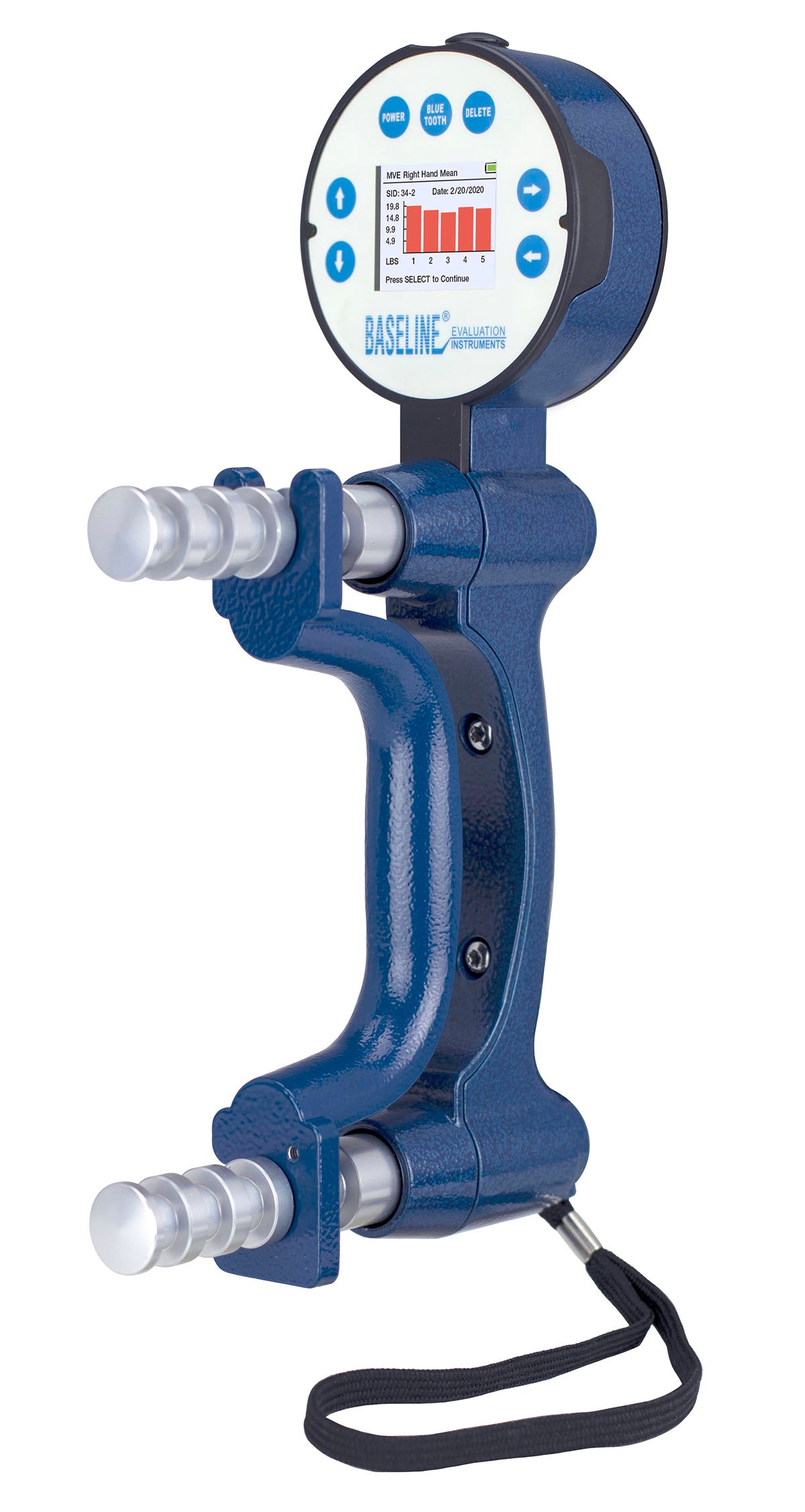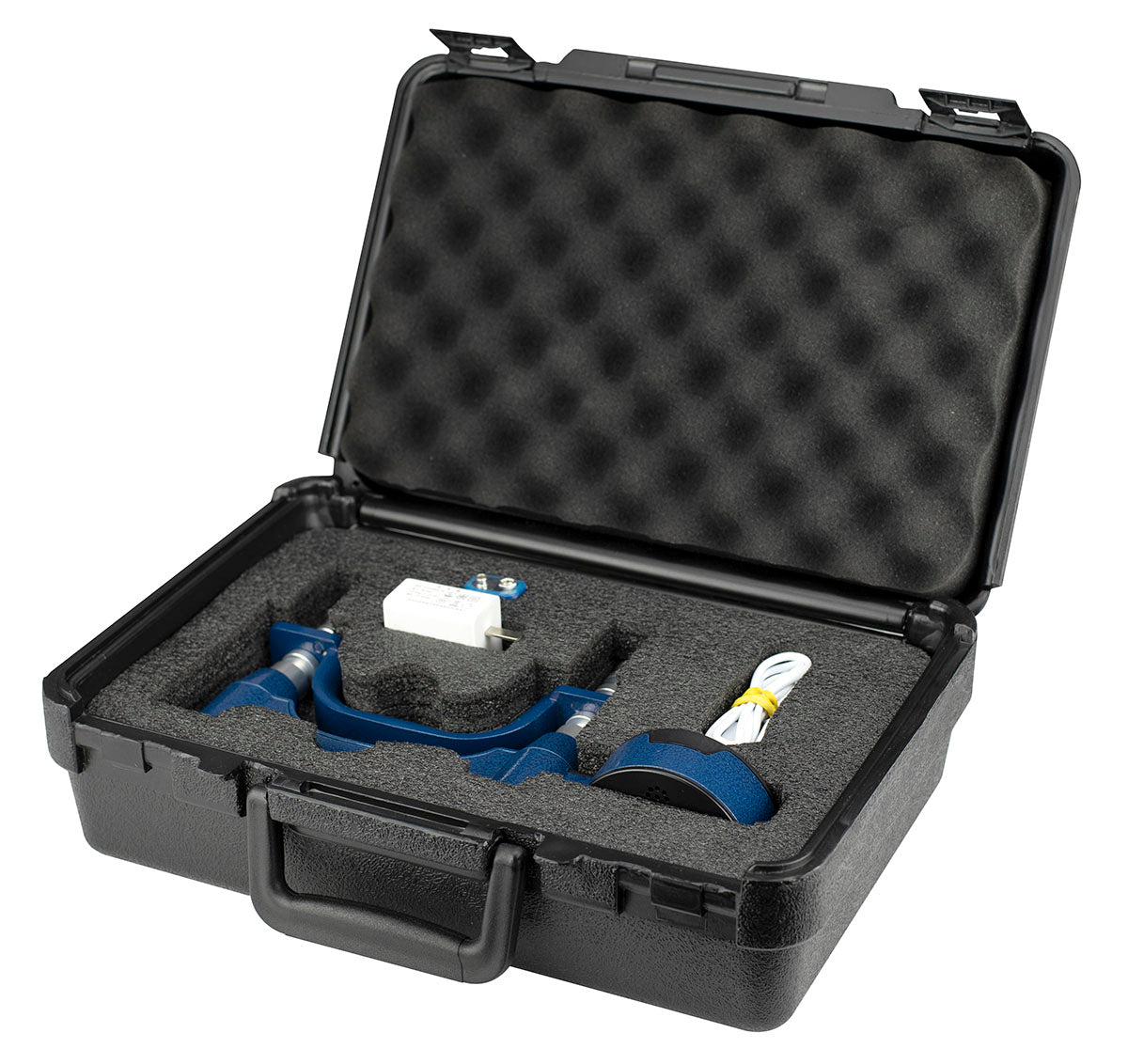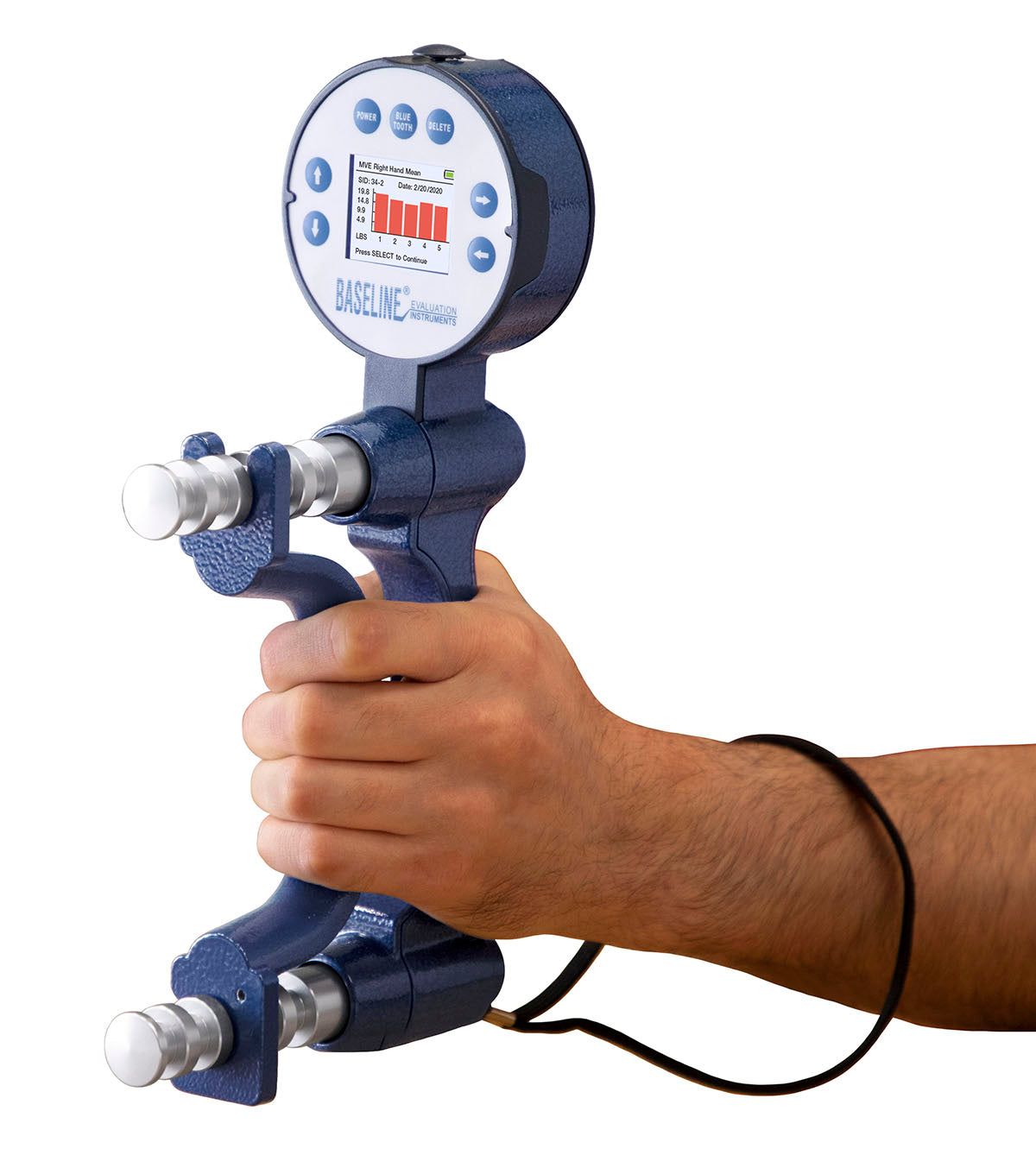The idea of
grip strength as a performance indicator isn’t a new idea at all. From HRV to more general readiness to gripping a barbell hard as a way to generate more tension or force via Sherrington’s law of irradiation, grip is fantastic. As a barbell athlete, there is so much more your grip will tell you, and what you can do with it to not only get stronger but to stay healthy.
I’ve lifted long enough to know the things we should know about grip, to make sure we keep tension and even where we grip
the bar, but I’ve also worked with enough injured people to know that in retrospect, there are plenty of people who can look back and put pieces together they wish they’d noticed before, particularly with regards patterns of dominance/preference, and position. I’ll be the first to admit that generally when someone talked about “grip training,” I totally glazed over.
RECENT: The Intent of Recovery
Intuitively, it made sense to me that more force from our hands into the bar is going to yield greater force production and more stability, but 15 minutes with
Stu McGill, quite frankly, changed the way I view almost every movement in training now. He grabbed my hand, told me to essentially hit my “on” button, and pushed me over by basically just existing in my space. He noted that I was essentially using only a portion of my hand, namely thumb-side, for grip.
I’m not an idiot and know better, but every seasoned lifter also appreciates how easy it is to lose simple habits in pursuit of getting stronger. Coincidentally, I explained to Stu that when I train, I can practically “feel” my deadlift in that portion of my hand. When I thought about it, it was also an area I was more acutely aware of while benching or squatting or pressing or doing virtually any type of rowing/pulling movement. That particular area of my hand had, without me realizing it, become my stability reference center that served as a major touchpoint for all other tension to be based on. This changed literally almost everything, and suddenly I realized why guys I respect like
J.L. Holdsworth are talking a lot about grip training. It’s not just about force production, but the quality of it, and how it affects the rest of your movement.

Where and how we grip in our hands influences a few things.
- Tension and the amount generated: This is a portion of the neural drive and irradiation effect that gives us the stability that permits maximal force production.
-
Engagement secondary to position: Not only where our hands are in regards to rings/knurl, but thumb- versus pinkie-side (or somewhere in-between. How we grab a barbell will influence work with
kettlebells and
dumbbells as well. - Torso position during a lift: At any given point in time, our nervous system is sensing input or stability from, simplistically, what we touch. When we routinely touch a heavy barbell, that becomes a massive reference center for our setup. When our hands touch or unrack a bar, if there are changes in muscular recruitment based on a pseudo-pronated (think thumb-side influence) and pseudo-supinated (higher sensory input and emphasis on pinkie-side), it will influence preferential recruitment for stability between deep internal or more external bracing systems. Simpler than that even, you’ll use muscles in your back differently to achieve tightness.
Great Powerlifting 101
Progressive overload is important, and generally, we prioritize it. A majority of athletes will favor overload over nuances in their grip, which significantly affects preferential muscular recruitment, posture, patterning, and overall lift position. Forget years: This effect compounds over one training cycle of heavy rowing. I’ve had cycles that by the end of the block, I’ll keep Kroc rowing and adding weight, but over the course of time, I am using one portion of my hand far more than another. I hadn’t even thought about that prior to talking with Dr. McGill: I just figured I was rowing the weight, my back was fatigued, I did a thing, and considered it a decent session in the books. These subtle (though not at all, in retrospect) shifts contributed to significant changes in how I grip a bar when I don’t stop and intentionally think about it in the midst of so many other things I could think about for a heavy set. The net effect? A directly negatively influence in my ability to generate neural drive and stability. AKA pounds lost off the bar, loss of technique, and injury potential.Up until this point, I really thought I’d not needed much grip training. And again, most of us have already been talked to about gripping the bar and how that is a huge proponent of our stability. We know where and how to squeeze when we bench and squat. Especially if you’re a seasoned lifter who has taken your lifting to a more competitive level, or if you’re a coach working with clients building a foundation, take grip cues a step further and recognize how you can influence the rest of training and patterning.
As an Athlete
The onus is 100 percent on you here. Spend a few sessions where you don’t obsess over it, but do take note of where you start to feel a lot of your strength coming from. You will notice this the most mid-set or toward the end, or the further away you get from your initial setup. Generally, your setup and ability to maintain that will be incredibly taxing and demand a high degree of tension and stability as you’re relatively stationary. As you begin your set and movement occurs, there are more degrees of freedom or potentials for error or loss of tightness. Have your antenna up to compare where you feel the bar, how tight/connected you feel to it, and your overall bar speed as some of these variables change.

As a Coach
Watch factors such as wrist position, shoulder position, torso position with the bar (e.g. which parts of the back are more engaged), bar speed, and strength curve, as the factors mentioned in the athlete paragraph change factors change are huge. I’ve been giving a lot of thought to the strength curve especially as maintaining tightness can (and should) be incredibly fatiguing. You know your programming but bear in mind that teaching an athlete to “grind out when they’ve lost position” gives you an opportunity to look at how and why they did. Use the wrist and grip lens as an opportunity to evaluate them from the vantage point of maintaining stability.
The ability to sense and evaluate or even have what’s happening with your hands on your radars can play a significant role in just about every aspect of training, from performance to longevity:
- Indication of dysfunction: A change in movement pattern.
- Sensory cues: Where you or your athlete is feeling the bar in the hand and modifying can yield notable increases in performance even within a session.
- Core work: Pattern, repetition, however you want to phrase it, how we do anything repeatedly is how we’re going to do it under a bar. Especially with movements like loaded carries (especially asymmetrically loaded ones), feeling a full grip should yield higher recruitment patterns of required stabilization patterns.
- Rehabilitative movements: Movements like goblet squats (especially loaded heavy), single leg work, and most unilateral work have huge dividends, as so often injury happens after a loss of stability.
- Back/pulling movements: Maybe the obvious one, but this has dramatically changed how I view my athletes’ videos. Given how critical our upper back and core strength is to both injury prevention and strength in powerlifting competition lifts as well as for general athletic development, it’s pretty remarkable to stop and look at where your athlete’s stability is coming from, from one other vantage point.























